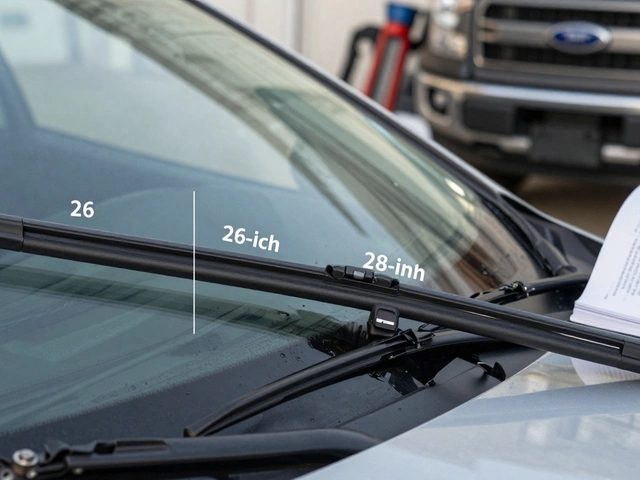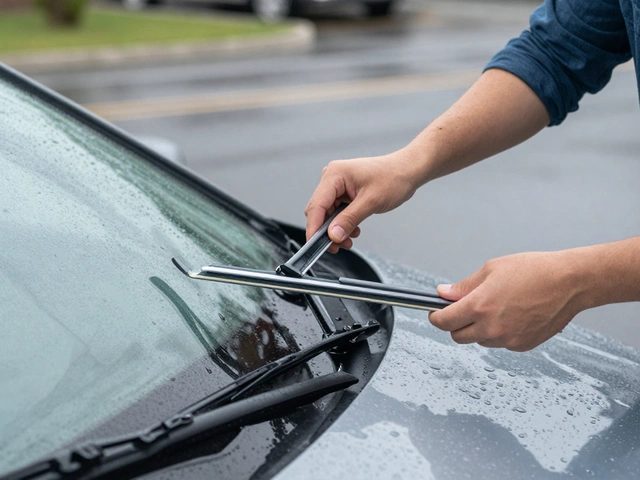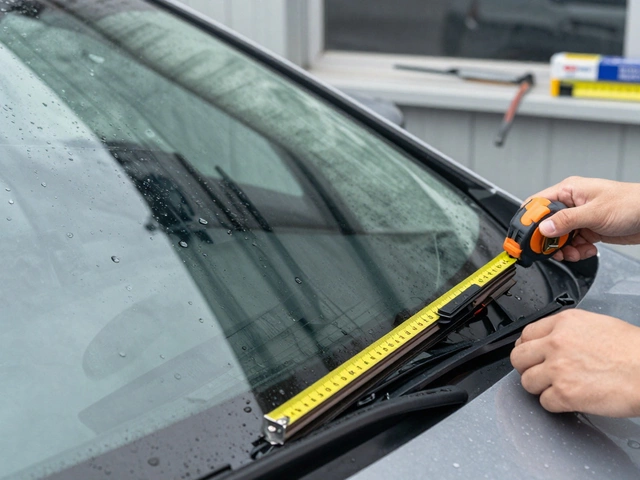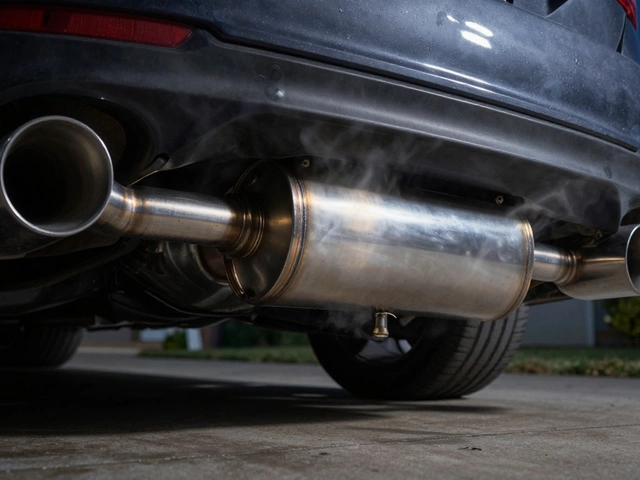Ignition Problems? Fix Common Issues and Keep Your Car Running
When your car won’t start and all you hear is a click, it’s usually the ignition, the system that triggers your engine to fire up by sending power to the starter and spark plugs. Also known as ignition system, it’s not just one part—it’s a chain of components working together to get your engine running. If any piece breaks, your car won’t turn over. You might think it’s the battery, but often it’s something simpler—and cheaper—to fix.
The ignition switch, the key cylinder you turn to start your car wears out over time, especially in high-mileage vehicles. A faulty switch won’t send power to the starter, even if the battery is fine. Then there’s the spark plugs, tiny but critical parts that ignite the fuel-air mix in your cylinders. If they’re worn, cracked, or covered in carbon, your engine misfires, sputters, or won’t start at all. And don’t forget the ignition coil, the component that boosts battery voltage to create the spark. A weak coil means weak sparks—and that’s enough to stall your car.
These aren’t theoretical problems. In fact, over half the cars brought in for a "no start" diagnosis turn out to have an ignition-related issue—not a dead battery or fuel pump. You’ll find posts here that show you how to test your ignition switch with a multimeter, how to spot spark plug wear just by looking, and why replacing a coil is often cheaper than you think. Some guides even walk you through checking for bad connections in the wiring harness, something most mechanics skip because it’s easy to overlook.
What you’ll see below isn’t theory. It’s real fixes from real cars. You’ll learn how to tell if your ignition problem is something you can fix in 20 minutes with basic tools—or if it’s time to bring it in. No fluff. No jargon. Just what works.





